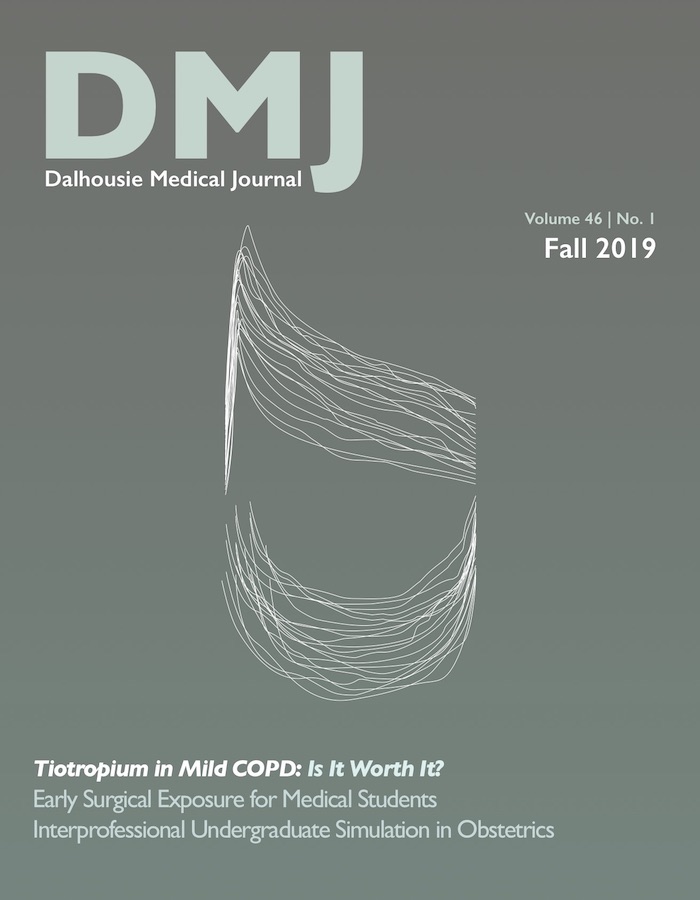Osler‘s bedside library: Updated essentials from medical students
DOI:
https://doi.org/10.15273/dmj.Vol46No1.9831Abstract
Over 100 years ago Sir William Osler made a list of ten readings that should be at the bedside of every medical student reflecting Osler‘s broad and prolific reading habits. Time has continued to flow since Osler‘s reading list was proposed and thus, its place in current day medical education warrants reflection. Fundamental questions in this respect include: do medical students still read in the same capacity as their century-old counterparts? If so, how widely does Osler‘s original reading list apply to current medical students? Finally, what works would today‘s medical students recommend having at the bedside? Students representing the classes of 2016 to 2020 were surveyed at Dalhousie Medical School, constituting one of the largest student efforts in the literature to date to provide per- spectives on Osler‘s bedside reading list as well as consensus towards an updated library.This study highlights the considerable disconnect between Osler‘s original bedside list and reading tendencies of current medical students. Dalhousie medical students predominantly read and are influenced largely by works pertaining to the medical field and physicians, as opposed to the broad selections set forth by Osler.Although this may reflect the changing medical field or the immersive nature of current training, it also urges reflection as to the value Osler saw in his original bedside library and whether these lessons may be lost on future generations of physicians.
Downloads
Published
How to Cite
Issue
Section
License
Authors who publish with this journal agree to the following terms:
- Authors retain copyright and grant the journal right of first publication with the work simultaneously licensed under a Creative Commons Attribution License that allows others to share the work with an acknowledgement of the work's authorship and initial publication in this journal.
- Authors are able to enter into separate, additional contractual arrangements for the non-exclusive distribution of the journal's published version of the work (e.g., post it to an institutional repository or publish it in a book), with an acknowledgement of its initial publication in this journal.
- Authors are permitted and encouraged to post their work online (e.g., in institutional repositories or on their website) prior to and during the submission process, as it can lead to productive exchanges, as well as earlier and greater citation of published work (See The Effect of Open Access).


